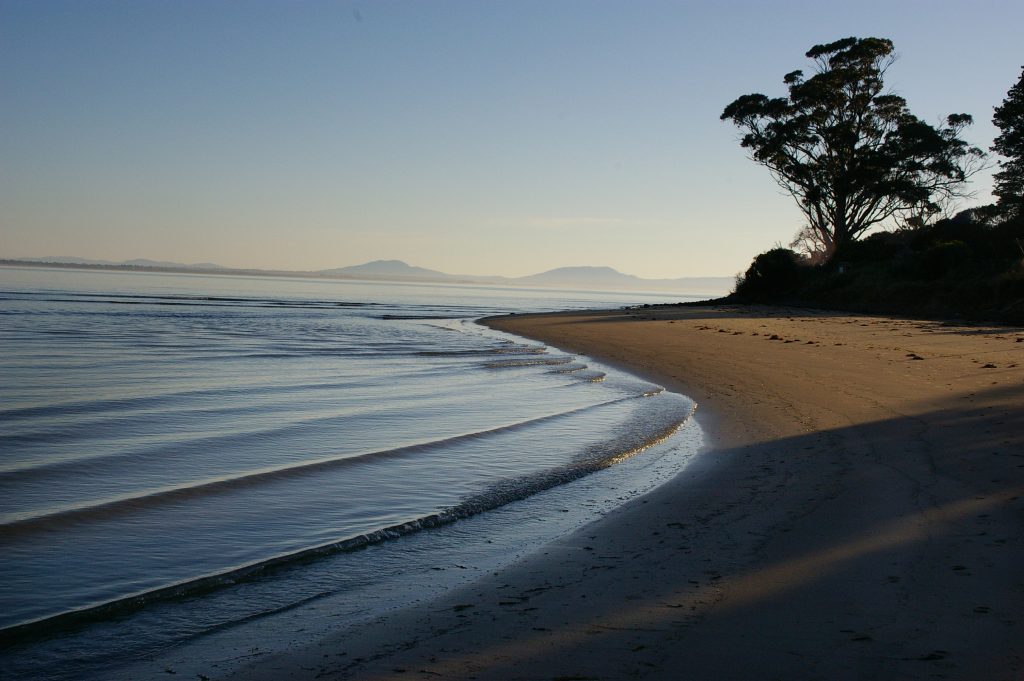Council Climate Profiles
The southern councils are working with the University of Tasmania’s climate modelling team to develop council-wide climate profiles for each of the 12 southern councils. The profiles can be used by councils to help make operational and strategic decisions about climate impacts, as well as being used by the community to inform them of climate risks so they can decide how they should best respond. A presentation by Dr Tom Remenyi on the climate models can be viewed here.
There is overwhelming scientific evidence and consensus that the global climate is changing. It is projected that in the 21st century, along with an increase in temperature by at least 2 °C, extreme weather events and sea level rise will also increase.
It is equally understood that regardless of any current emissions mitigation efforts, climate change impacts will still need to be adapted to.
Tasmania is fortunate to have been the subject of the highest resolution climate change modelling conducted anywhere in Australia, which provides a firm foundation for adaptation planning.
The recently completed Climate Futures for Tasmania project provides a sound knowledge base for identifying climate related risks at a regional and local level and informs appropriate decisions to manage risks.
The Southern Regional Climate Profile completed for the RCCAP by Climate Futures for Tasmania showed that Tasmania’s maritime climate would buffer it against the severe climate change impacts that will be experienced across much of south eastern Australia.
The report notes however that climate change impacts will vary across the region dependent on the local conditions, characteristics and circumstances.
Under the A2 emissions scenario the following climate change impacts are projected:
Temperature
• The greatest projected increase in temperature, over 3 °C, is in the west of the region, around the western half of the Derwent Valley, Huon and the Central Highlands.
• The frequency and duration of high temperature events across the region will increase.
• Warm spells that are currently 4–8 days in length are projected to increase by 2–6 days.
• Drought is projected to increase in severity in the central highlands by 2–4% whereas other parts of the region are expected to show little change or a slight decrease.
Rainfall
• The average annual rainfall is projected to increase moderately in the east coast, Tasman and greater Hobart regions but decrease by 6–10% in the Central Highlands.
• Around the east coast, greater rainfall is projected in summer and autumn with little change in winter and spring.
• Rainfall in the northern part of the Central Highlands (within the southern region) is projected to decrease in all seasons.
• The western area of the southern region is projected to experience greater rainfall in winter with a decrease in summer.
• Low-lying areas across the region may receive 1–6 extra very wet days per year, while the highlands may receive 2–3 days less.
Sea level rise
• Global sea level is projected to increase, on average, by 0.82 metres by 2100.
• The current 100-year storm tide event is around 0.9 to 1.4 m above average sea level, and is projected to increase to 1.87 metres by 2090.
• The current 100-year coastal inundation event may become a 50 year event by 2030 and a 2 – 6 year event by 2090.

